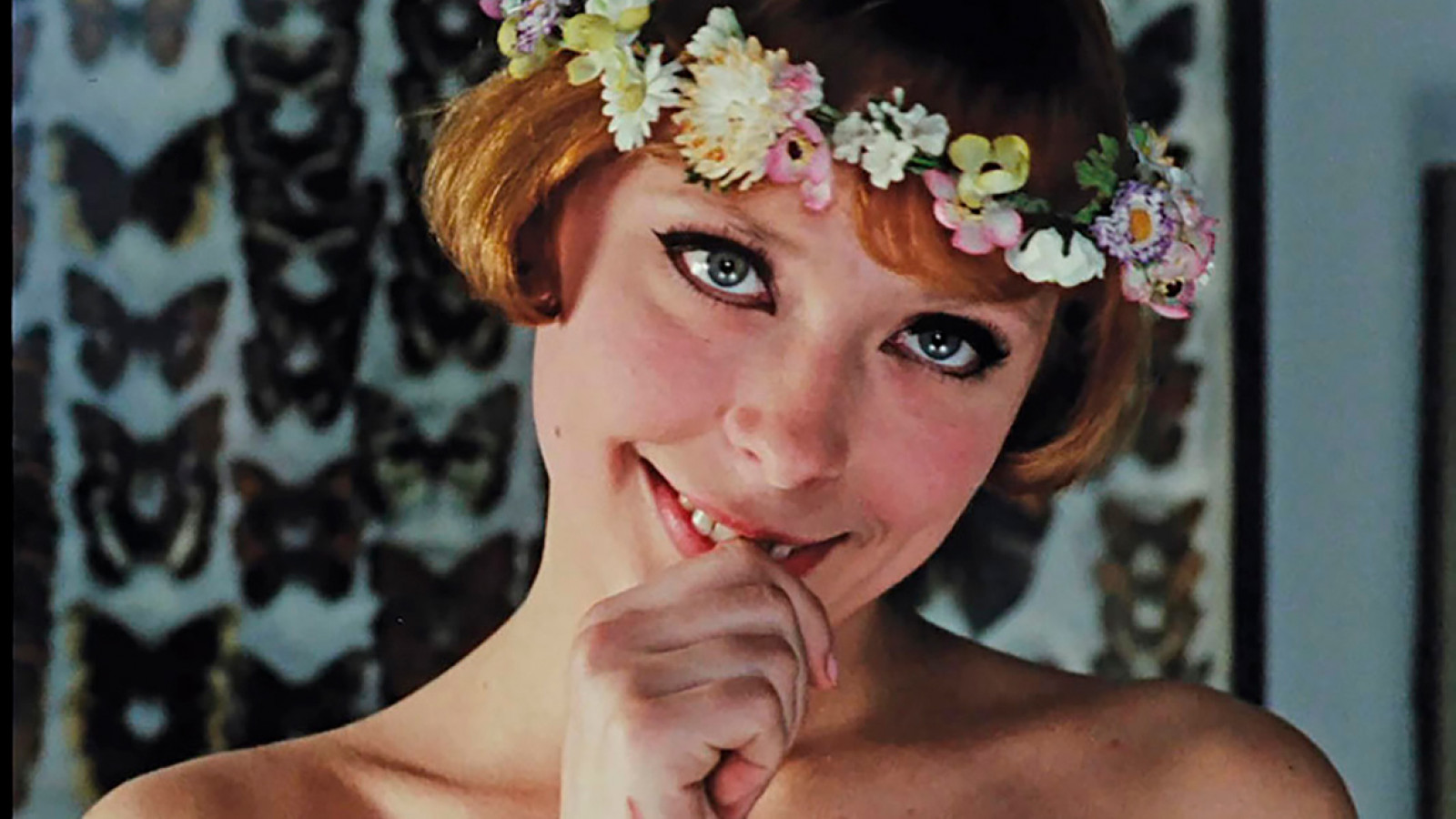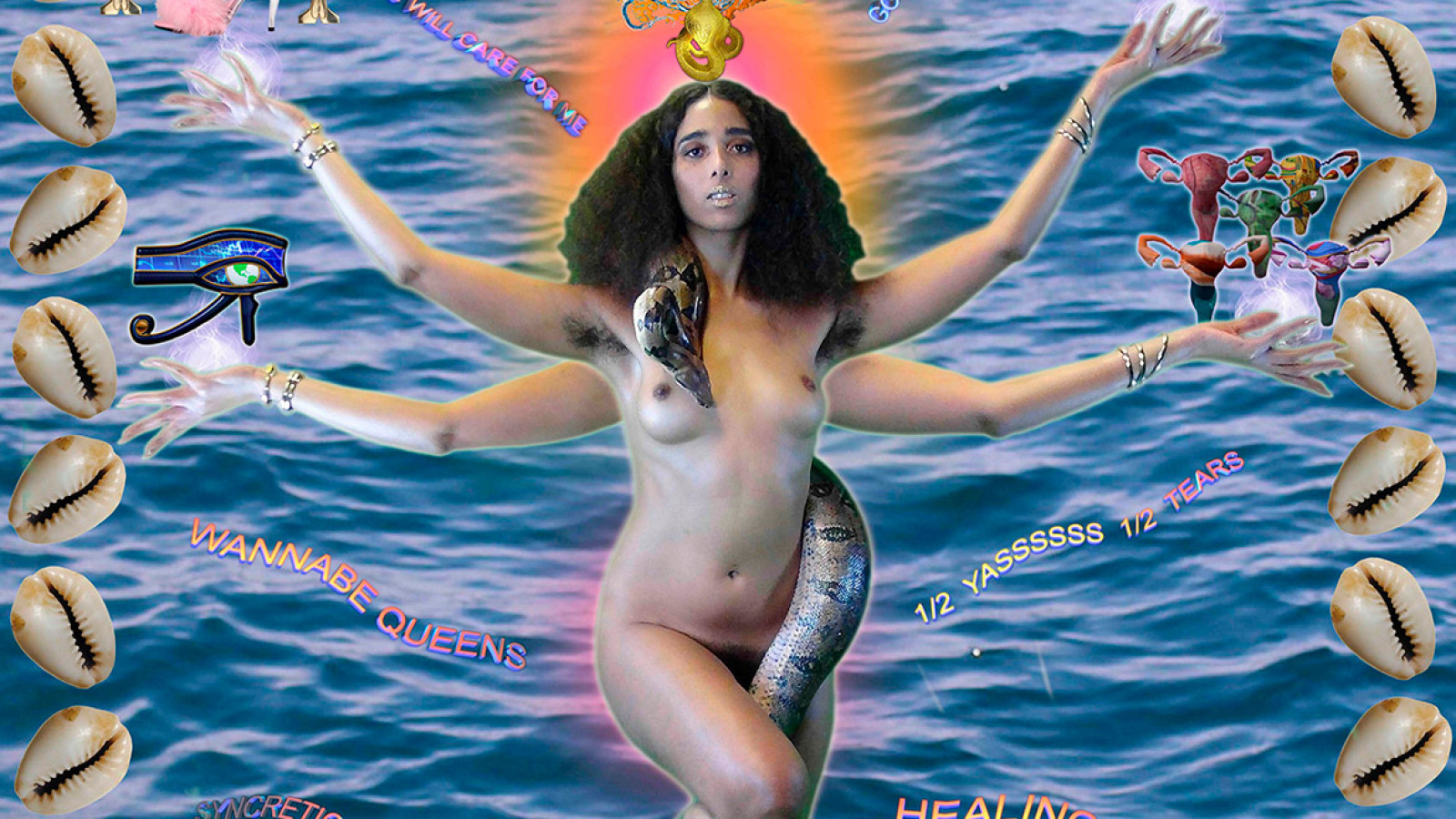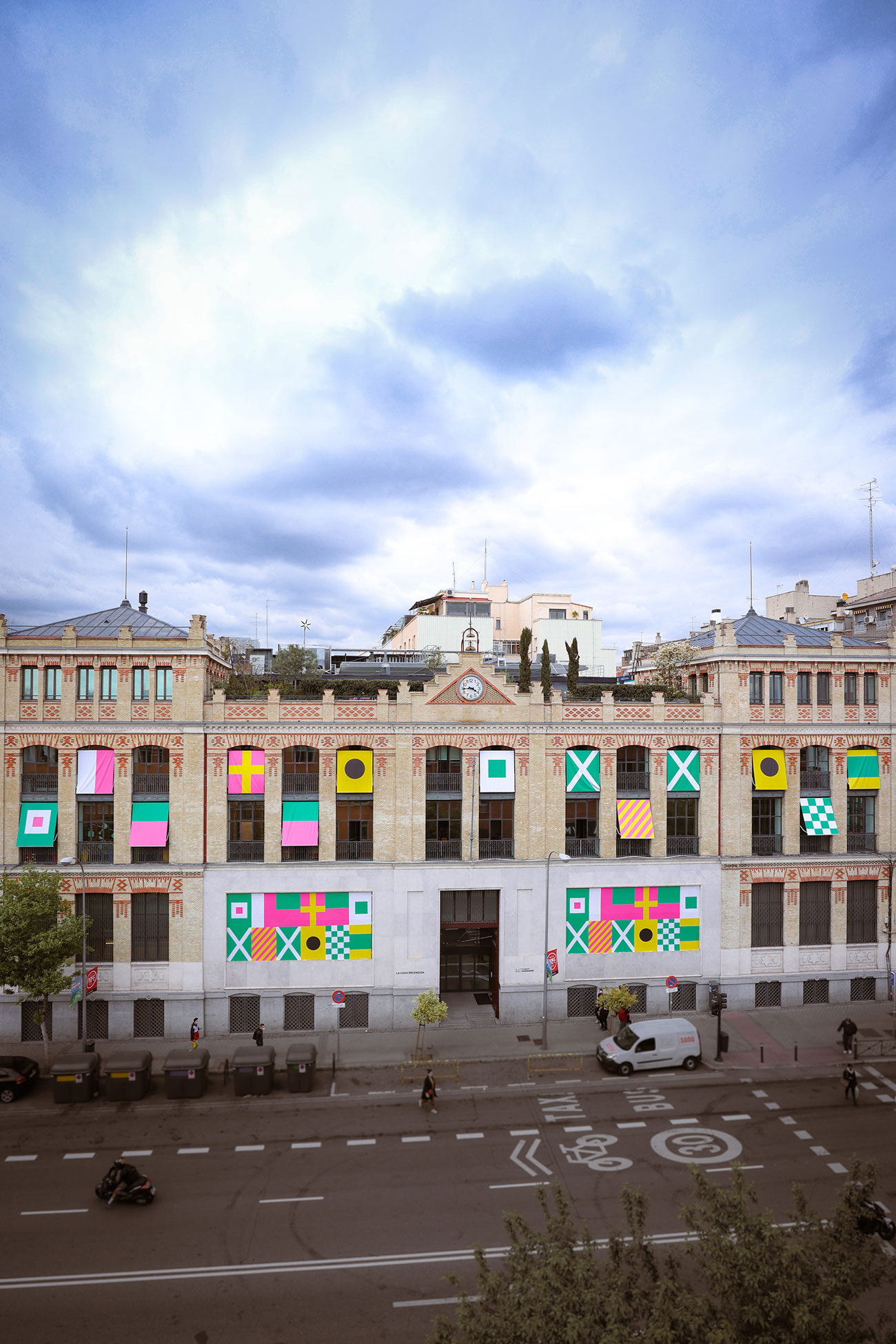Inéditos 2019
La Casa Encendida of Fundación Montemadrid hosts the eighteenth edition of Inéditos 2019.
La Casa Encendida presents the exhibitions of the Inéditos 2019, featuring the projects of three curators under the age of 35. During the course of the previous 17 editions, La Casa Encendida has supported more than 50 emerging curators by contributing to the dissemination of their work.
The exhibitions by the winning projects this year are as follows:
-
The Court. Curator: Lorenzo García-Andrade (Madrid, 1991). (Room A)
The Court proposes the inclusion of a sports centre within a cultural centre by creating a padel court. The Court is literally a court. A padel court in Exhibition Room A at La Casa Encendida. A normal court with the standard dimensions and materials. But it is not just a court: it is the creation of The Court sports centre; it is the day-to-day running of a cultural centre meeting and merging with the day-to-day running of a sports centre.
The Court presents the possibility of a space for uncertainty. The elements that regulate and formalise it are therefore not a closed entity. They do not follow the narrative logics of plot, conflict and resolution that can be established in advance through discursive tools. It is a process that only ends when the show ends. The Court will not be complete until the exhibition closes, because it is not only the installation of a court but everything that emerges as a result of its activation. The Court represents the entire system of situations that facilitate its use and are triggered because of it. The reflections proposed by the piece are rooted in its status as an installation. As a system it exerts pressure on the system in which it has been built, and whose duplicate uses question the role of the different agents and the nature of the work, because both the cultural centre and the sports centre are regulated spaces but they are governed by different regulations.
The piece brings together several lines of research and artistic practices in an attempt to explore the margins of strangers, relationships between different systems and the potential of art formats. This approach dilutes the division not only between piece, exhibition and discourse but also between curator, artist, spectator and activator because the operation is conducted by a group of agents who, invited by Lorenzo García-Andrade, join him in observing themselves as a group interacting with an element, with an object of cohesion. Instead of exploring several works by different authors, the various discourses and lines of research pursued by the authors combine to form a single piece. In such pieces the concept of authorship shifts because it is impossible to determine where one agent's contribution ends and another's begins.
In the same way, by forcing a cultural centre to accommodate a sports centre with its standards of practice and inserting one installation into another, the spaces merge and their boundaries become blurred: the players are on the court but are also inside a cultural centre, while the spectators are outside the court yet inside a sports centre. We see a tension between the two on several levels as different types of hardware come together. Playing, watching people play, the clothing, the booking of the court and the hitting of the ball back and forth all project the action as a single experience but it is founded on duplicate protocols in which there is no knowing what is art, what is normal routine, what is cultural centre, what is sports centre administration, or what is predicted and what is spontaneous.
If Extremoduro says, "I'm no good in a puree, I like my flavour," then this project is about the opposite. It's about being inside the puree, inside the meta-collective. Inside the puree, but also making the puree. There is only one, several, courts.
Participants: Andrea González, Carmen García, Elgatoconmoscas, Jacobo García, Javier Cruz, Javier Garralda, Jovendelaperla, Juanito Jones, María Buey and Taller de Casquería.
Reservations and more info on The Court's website.
-
VIRAL IDENTITIES stalks the artistic ecosystem that exists on the internet as a performance space. Curator: Inés Muñozcano (Madrid, 1989). (Room B)
The idea that the internet is a democratic space of global dimensions and reach creates a certain sense of stability in 53% of the worldwide population that uses it. This is the effect of pluralism in all political systems: it is gratifying to believe that the internet is designed for authentic behaviour, where everyone acting as they themselves can derive great recognition from accumulating clicks.
Exposure and communication on social media encourage us to perceive our identity—i.e. the set of unique traits that define us—in a new way and with a strong relational component whose authenticity is rarely questioned. As a result, we internauts have forged a different way of existing in the world, a way that rethinks the ontology of the image and places the internet in the historical context of photographic performances. While it is true that digital content generates a shift towards a more decentralised yet simultaneously mainstream truth, so too the common virtual identities—like the viral ones—are rarely transcendent: the flow of information on the internet is practically one-way. Powerful firms direct that flow through social and aesthetic trends, practising a merciless appropriation and deliberately avoiding contact with different cultures or realities that might drive internal changes in contemporary societies. The generic aesthetic becomes the main structure of knowledge, reinforcing the status of the internet as a largely homogeneous place which only the privileged half of the world can access.
This hegemonic landscape is fertile ground for artistic practice, an ideal sphere for dissidence. There is an intellectual need to challenge or expose a reality which appears to be democratic but is actually capitalist and patriarchal, fatphobic, misogynistic, racist and transphobic. Consequently, artists who have an online presence use the net to produce and disseminate critical practices with varying degrees of radicalism, harnessing the potential of virality and its aesthetic devices while breaking the unwritten rule about focusing on the act of communicating over and above the content being communicated.
Participating artists: Angelo Plessas, Jon Rafman, Tabita Rezaire and Amalia Ulman.
-
A Wild Love that Ruins Our Peace. Curator: Sergi Álvarez Riosalido (Sabadell, 1992). (Room C)
A Wild Love that Ruins Our Peace is a curatorial proposal that explores the possibility of using artistic creation to introduce something which the capitalist discourse has always rejected and which the psychoanalyst Jacques Lacan detected and called "the things of love". In the capitalist discourse, where everything is apparently possible and there are no limits, a certain type of love may irrupt and destabilise the prevailing totalitarianism.
Placing a special emphasis on the love which exposes the impossibility of the sexual relationship, of the complete and perfect union with another, and which in turn avoids transforming things into a mere form of merchandise, the project examines the possibilities of resisting a system that is pure death drive. It will therefore present proposals which, through a type of love that does not seek to become one with another, attempt to do away with the logics of calculation and earning as well as with power relations.
In her work Destroy, She Said (1969), Marguerite Duras created a series of characters who advocated the destruction of the world as the only possible salvation for humanity. However, the truly revolutionary scope of the text is revealed by the fact that the infinite movement of dying is expressed through a loving gesture, through the defence of a non-possessive love that entails looking after the other as someone or something completely different from oneself. Maurice Blanchot provided an illuminating interpretation of this dual movement between love and destruction that can lead to an unknown truth, to an uncharted territory, to the sudden irruption that ruins our peace. This love is the complete opposite of the love that sets out to turn two into one.
The project revolves around three key themes: love, destruction and the change from one status to another that is prompted by the combination of the first two. The love addressed in this exhibition is described as wild in the sense that it cannot be controlled or tamed. It is a love bound up with the knowledge of impossibility, with holding on to the impossible and the individual’s unique quality. Destruction—that which ruins our peace—is what happens when a love of this type irrupts. As Blanchot says, "one must love in order to destroy". But he quickly goes on to qualify the nature of this destroying: this destruction offers an immense void, a leap into the unknown and unforeseeable. This intervention is the mortal leap that triggers the change, that leads from one situation to another.
The proposed works examine these ideas in different ways but within the prism of the three points mentioned (love, destruction, change), which are essential for addressing these dynamics and this love which, to a certain extent, presents a castration—in psychoanalytical terms—that capitalism denies. The core of this mise en abyme discourse is the work of Marguerite Duras. The elements examined are articulated through her texts but at the same time her oeuvre has been expanded temporally, spatially and artistically to encompass other manifestations and works.
Artists: José Ramón Ais, Diana Artus, Javier Campano, Vera Chytilová, June Crespo, Marguerite Duras, Vladimir Ilich Lenin, Gabriel Mejía Abad and Laura Torres.



